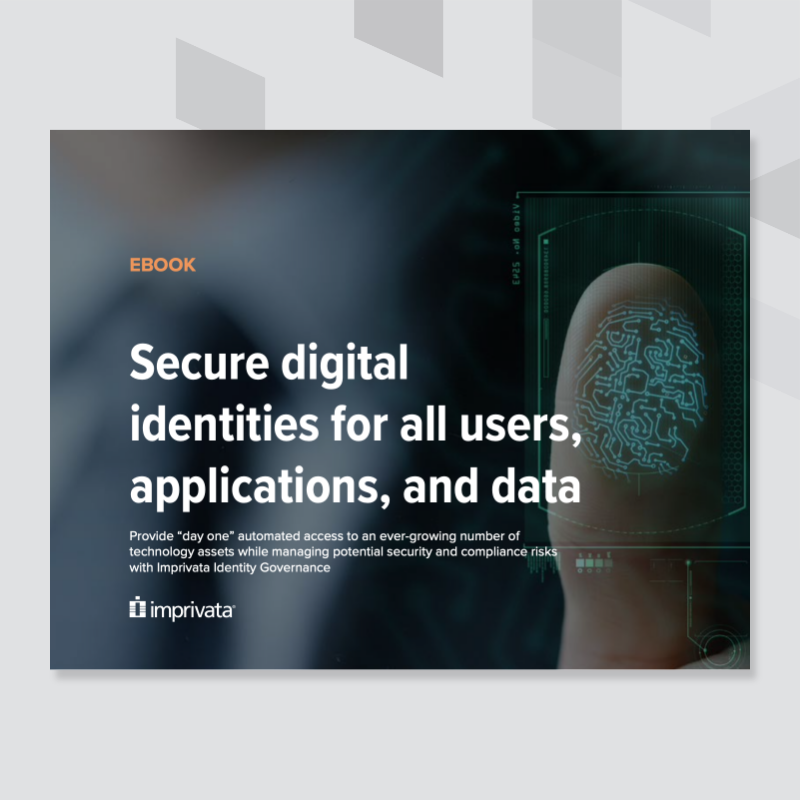3 signs your identity governance program may need a managed services component
Managed services may be the key to maturing your identity governance program. Here are some signs you might need to consider it.
You’ve heard something like this from us before: a technology solution is great, but to a certain extent it’s only as strong as the strategy and resources you’ve built around it. After all, technology rarely works on its own – it requires the right planning and technical resources to ensure its success.
That’s true of any technology, but what happens when it’s critical to access workflows and security? Especially when budgets are shrinking, and teams are already overtaxed?
An identity governance journey isn’t one that can be half-baked. It requires careful precision to ensure that the technology you’ve put in place is meeting your strategic and transformational goals. You know this, but sometimes it’s hard to accomplish, in practice.
Here are three signs that your identity governance program may need a managed services component.
1. You’re not meeting your identity governance maturity goals
You’re trying to ensure that your identity governance solution can successfully replace slow, error-prone manual processes to deliver role-based access, and securely enable day one access. And you’re trying to all of that at scale. Sounds easy enough, right? Wrong.
Getting to an optimized, mature state with your identity governance and administration program requires careful and strategic planning and resources. And if you find yourself not hitting your identity governance goals, it may be time for you to think about partnering with a team of experienced, technical experts who can support your ongoing identity governance journey.
2. You’re looking to cut costs, but not efficiency
Supporting technologies internally is a costly endeavor. You know you need an identity governance solution to help secure and control access to enterprise data – it’s critical to your Zero Trust strategy after all – but it comes at a cost (literally!).
If you’re looking for even more ROI from your identity governance solution, start by thinking about it holistically, including the resources you have to support it. It may sound counterintuitive, but the right managed services model can actually reduce your total operational costs. Really.
3. Your IT team is overburdened, and it’s not getting any better
Did you know that a 65% growth in the cybersecurity workforce is needed to effectively defend critical assets? Coupled with the fact that 76% of IT decision-makers are experiencing critical skills gaps on their teams, there really is a need to extend the power of your IT team with trained, and trusted, technical experts.
There’s no need to spread your current employees to thin – or, realistically, thinner – and there’s no need to burden existing staff and expend limited internal resources. By finding a trusted, strategic managed services partner to help with implementation, as well as ongoing administration and management work, you can stay steadily on your identity governance journey.
Identity governance, supported by managed services
By finding the right identity governance solution – including technology as well as the right managed services component – means finding a holistic approach to ensuring identity governance maturity. That rolls up to you being able to simplify and streamline deployment projects and ongoing support and expansion projects, all without taxing your and gaining additional efficiencies.
The right managed services partner will ease the strain of managing mission-critical solutions at enterprise scale, enabling you to focus on your core business.
Learn more about what managed services for identity governance looks like >

